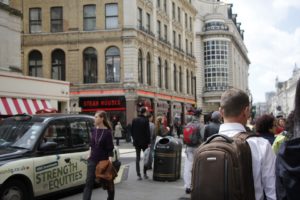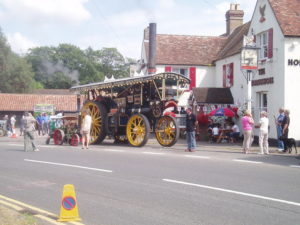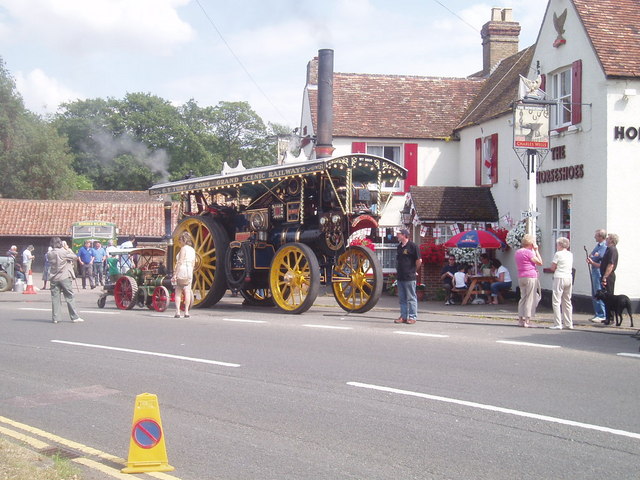Life in the United Kingdom, A Journey to Citizenship Study Material
Chapter 2 – Part I
UK Nationality Home Chapter 2 Part I Part II Part III Chapter 3 Part I Part II Part III Part IV Chapter 4 Part I Part II Part III Part IV Part V Part VI Chapter 5 Part I Part II Part III Part IV Part V Part VI Part VII Chapter 6 Part I Part II Part III Part IV Part V
Migration To Britain
If we go back far enough in time, almost everyone living in Britain today may be seen to have their origins elsewhere. We are a nation of immigrants – able to trace our roots to countries throughout Europe, Russia, the Middle East, Africa, Asia, and the Caribbean. In the past immigrant groups came to invade and to seize land. More recently, people have come to Britain to find safety and in search of jobs and a better life.

Britain is proud of its tradition of providing a safe haven for people fleeing persecution and conflict. In the sixteenth and seventeenth centuries, Protestant Huguenots from France came to Britain to escape religious persecution. The terrible famine in Ireland in the mid-1840s led to a surge of migration to the British mainland, where Irish laborers provided much of the workforce for the construction of canals and railways.
Between 1880 -1910, large numbers of Jewish people came to Britain from what is now Poland, Ukraine, and Belarus to escape the violence they faced at home. Unhappily, in the 1930s, fewer were able to leave Germany and central Europe in time to escape the Nazi Holocaust, which claimed the lives of 6 million people.
Migration Since 1945
At the end of the Second World War, there was the huge task of rebuilding Britain after six years of war. With not enough people available for work, the British government encouraged workers from other parts of Europe to help with the process of reconstruction. In 1948, the invitation was extended to people in Ireland and the West Indies.
A shortage of labor in Britain continued throughout the 1950s and some UK industries launched advertising campaigns to attract workers from overseas. Centers were set up in the West Indies to recruit bus crews, and textile and engineering firms in the north of England and the Midlands sent agents to find workers in India and Pakistan. For about 25 years people from the West Indies, India, Pakistan, and later Bangladesh, traveled to work and settle in Britain.
Life in the United Kingdom
In the 1970s, migration from these areas fell after the Government passed new laws restricting immigration to Britain. However, during this period, Britain admitted 28,000 people of Indian origin who had been forced to leave Uganda, and 22,000 refugees from South East Asia. In the 1980s, the largest immigrant groups were from the United States, Australia, South Africa, New Zealand, Hong Kong, Singapore, and Malaysia.

With the fall of the Iron Curtain and the break-up of the Soviet Union in the late 1980s and early 90s, other groups began to come to Britain, seeking a new and safer way of life. Since 1994 there has been a rise in the numbers moving to Britain from Europe, the Middle East, Asia, Africa and the Indian sub-continent, many of whom have sought political asylum. Migrants to Britain, however, face increasingly tighter controls, as the Government attempts to prevent unauthorized immigration and to examine more closely the claims of those seeking asylum.
More Info On- Daily life in Britain, British dinner gift ideas, Dirty Dicks Pub in London

